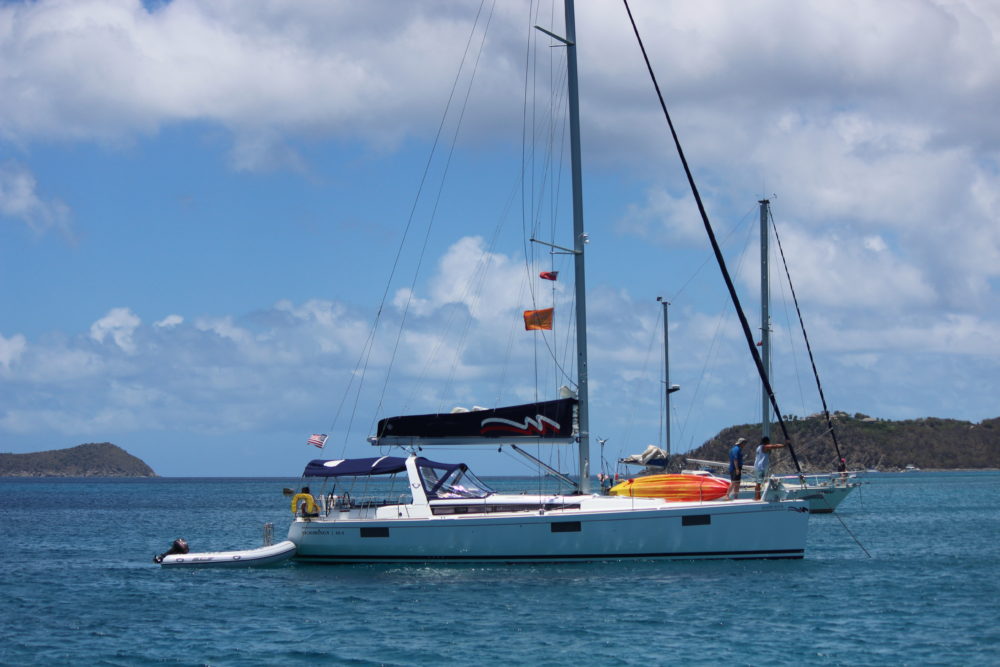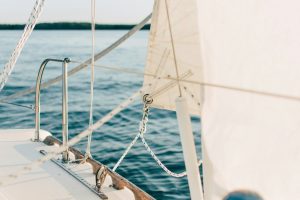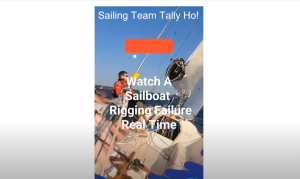Securing a sailboat overnight is crucial to ensure the safety of both the vessel and its occupants. Proper procedures involve a combination of anchoring techniques, securing loose items, and checking weather forecasts to prepare for any overnight changes in conditions. Following these steps helps prevent damage and ensures a restful night aboard.
Understanding the Importance of Boat Security
Before delving into the procedural aspects, it is crucial to grasp why securing a boat overnight is of paramount importance. Boats are subject to a variety of risks, from theft and vandalism to environmental hazards like strong winds and changing tides. Ensuring your vessel is securely anchored and shielded from such threats not only guards against potential damage but also provides peace of mind.
Preparation Prior to Docking
Adequate preparation before reaching the dock is crucial, just like a performer rehearsing before the final show. This involves inspecting key components on the boat, checking for potential issues, and ensuring that all necessary equipment is ready for mooring.
Inspecting the Boat’s Condition
A thorough inspection of the boat’s condition can reveal any anomalies that could affect security. Check the hull for damages, ensure all lights are functioning, and verify that communication tools are in working order. These checks ensure that the boat can signal in case of emergency and is watertight against the elements.
Evaluating Equipment Readiness
The readiness of all mooring equipment is another criterion requiring attention. This encompasses verifying the condition of ropes and lines, the anchor and its chain, and the fenders that protect the vessel’s sides. Any wear or damage could spell disaster if not addressed beforehand.
Selecting a Secure Mooring Location
Choosing an appropriate location for mooring your boat overnight is comparable to selecting the right resting place. The spot must be safe, sheltered, and comply with legal and local guidelines.
Harbor or Marina Selection
Deciding between a harbor or marina often boils down to facility availability and level of security. Marinas might offer added comforts and security measures like CCTV surveillance, while harbors might be more economical but potentially less secure.
Position in the Harbor
Within the chosen location, selecting an exact position involves evaluating wind direction, tidal tendencies, and proximity to other vessels. A location less exposed to strong winds and away from busy traffic can diminish the risk of unforeseen accidents overnight.
Correct Mooring Procedures
Once you have selected the ideal mooring location, the next step is to execute the mooring procedure meticulously. This involves ensuring the boat is securely attached and stable throughout the night.
Securing with Adequate Lines
The importance of using adequate lines cannot be overstated. Lines should be of high quality, resistant to chafing, and appropriately sized for the boat. Multiple lines are recommended to provide stability from different angles.
- Bow and Stern Lines: These lines keep the boat from moving forward or backward. Ensure they are tight but not overly so, to allow for slight tidal movement.
- Spring Lines: These counteract the lateral movements and keep the boat snug alongside the dock. Spring lines should be angled correctly to be effective.
Anchoring for Extra Security
In some situations, such as when moored in open water or less secure docks, anchoring is a viable second line of defense. Dropping an anchor provides additional stability and security, minimizing drift.
Monitoring Environmental Factors
Being attuned to environmental conditions is as vital as ensuring the vessel is moored. Changes in weather patterns, tides, or human activity can affect overnight security.
Weather and Tidal Conditions
Be prepared to adjust mooring ropes for rising or falling tides to avoid strain on the lines. During inclement weather, double-check fender positions and line tension to prevent the vessel from jostling against the dock.
Night-Time Surveillance
Utilize available technologies like CCTV or local security patrols to monitor the vessel overnight. Some marinas offer services where personnel can check on the boats, providing an additional layer of security.
Protecting Against Theft and Vandalism
Even with perfect mooring procedures, human threats still pose significant risks. The following methods can fortify your vessel against theft and vandalism overnight.
Installing Security Systems
Just as a modern home uses an alarm system for protection, installing boat alarms or motion detectors can be an effective deterrent against unwanted attention. Audible alarms signal alerts, while sensors connected to mobile devices keep you informed while at a distance.
Securing Personal Belongings
Personal belongings and valuables should be secured within locked compartments or taken ashore. Items visible on deck may attract opportunistic thieves.
| Security Measure | Description |
|---|---|
| Boat Alarm Systems | Devices that alert users in the event of unauthorized access. |
| Secure Storage | Utilize lockers for keeping possessions out of sight. |
| GPS Tracking Devices | Useful in case the boat is moved without consent. |
Regular Checks and Maintenance
Establishing a routine of regular checks and maintenance can prevent small issues from becoming large problems over time. Regularly inspecting your vessel ensures everything functions correctly and all equipment remains in optimum condition.
Routine Boat Inspections
Conduct inspections focused on cleats, equalizer lines, and deck fittings used in mooring your vessel. Look for early signs of wear that could lead to failures if neglected. Regular tests and adjustments to alarm systems maintain their effectiveness against potential threats.
Conclusion
Securing the nightly adventures of your boats is an ongoing interplay of preparation, vigilance, and maintenance. By understanding the importance of such practices and adhering to them, you contribute to the longevity and safety of your vessel. As with many things in life, consistency in these tasks yields peace of mind, allowing every sunrise to be met with assurance rather than concern.
Much akin to an esteemed author shaping each tale, you hold the responsibility of crafting each evening’s narrative, ensuring your vessel is sheltered and safe from the unpredictable chapters the night might present.






